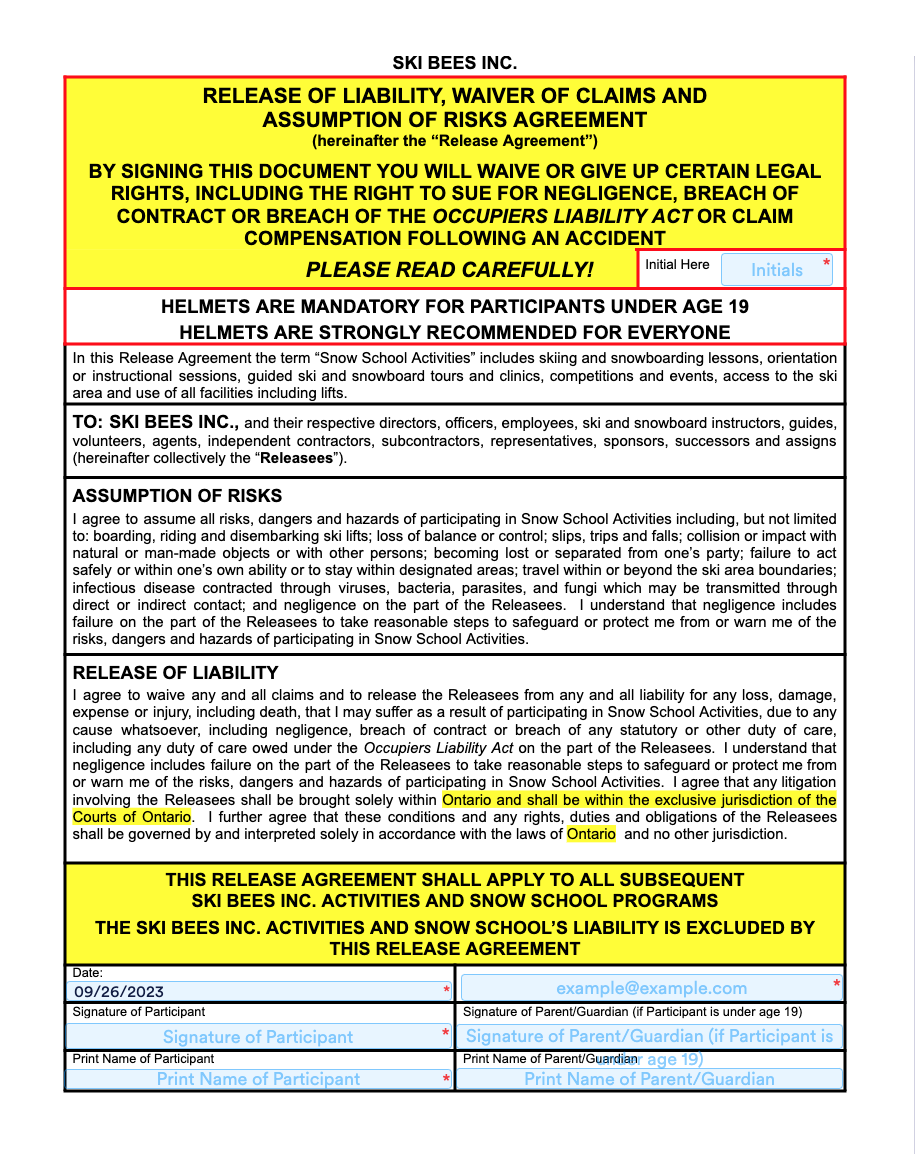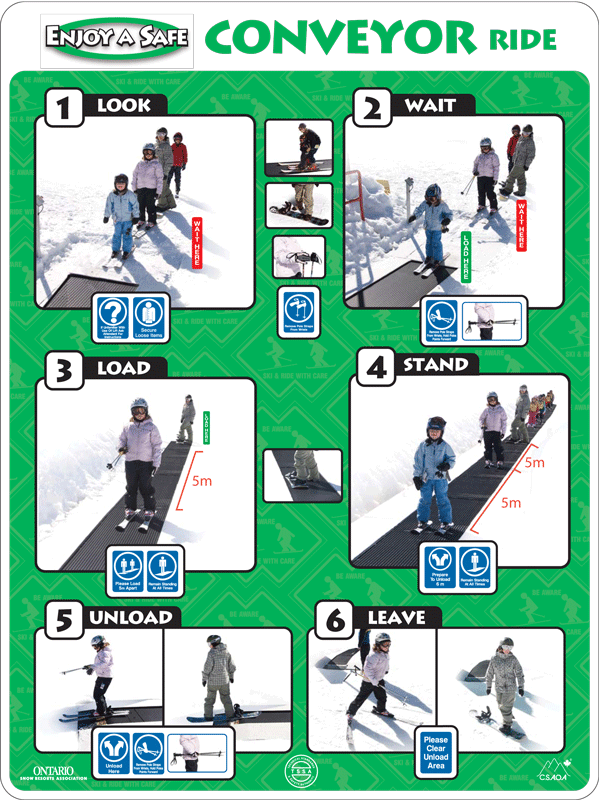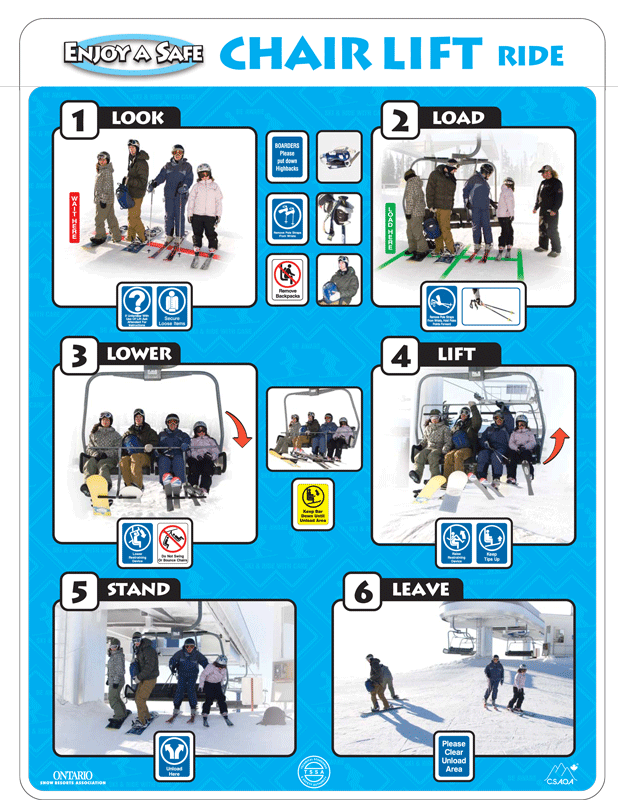
|
Basic ski accident protocol - check for danger of further injury, mark the site by crossing skis in the snow so on coming skiers can avoid hitting the downed skier. - do not move the injured skier - send a capable skier for help, the lift operators all have contact info for Ski Patrol, Ski Bees weekly updates will include a direct phone number to the resorts Ski Patrol if available. - stay with the injured skier until help arrives, fill out all documentation as requested. Inform Ski Bees staff of the accident so we can follow up. Concussion Awareness https://www.ontario.ca/page/rowans-law-concussion-awareness-resources |
These symbols represent a ski resort trail designation system that categorizes ski and snowboard slopes by difficulty. Resorts throughout North America (and much of the world) use green circles, blue squares and black diamonds to indicate difficulty. Nordic trail systems also often use these symbols. Each resort ranks it’s own trails based on the relative difficulty of their specific area. Normally about 25 percent of the trails are designated green, 50 percent blue, and 25 percent black. (OSRA)
|
|
|
|
|
Will I be required to sign a waiver?”
“Yes, all participants/members/guests must sign the waiver as a condition of registration and participation.
Below is a sample waiver for you to review... to fill out a waiver please click this link waiver

![]() If it's been many years, or if you are anxious or nervous, reverting to the snow plow to feel safe, you may find the terrain you feel comfortable skiing to be limited at the resorts we ski at. We generally suggest that our members be comfortable on easy blue terrain and be able to safely navigate skiing down from the top of a ski hill such as Blue Mountain, or Mt. St Louis - Moonstone, then you are good to go!. Why? It's simply logistics as the learning centres and peripheral green runs are often closed on weekdays at the private clubs.
If it's been many years, or if you are anxious or nervous, reverting to the snow plow to feel safe, you may find the terrain you feel comfortable skiing to be limited at the resorts we ski at. We generally suggest that our members be comfortable on easy blue terrain and be able to safely navigate skiing down from the top of a ski hill such as Blue Mountain, or Mt. St Louis - Moonstone, then you are good to go!. Why? It's simply logistics as the learning centres and peripheral green runs are often closed on weekdays at the private clubs.
Ski Bees Inc, RR#2, Flesherton, ON, N0C1E0 Text or call: (705)-212-2SKI or (705) 212 -2754 Email: admin@skibees.ca




